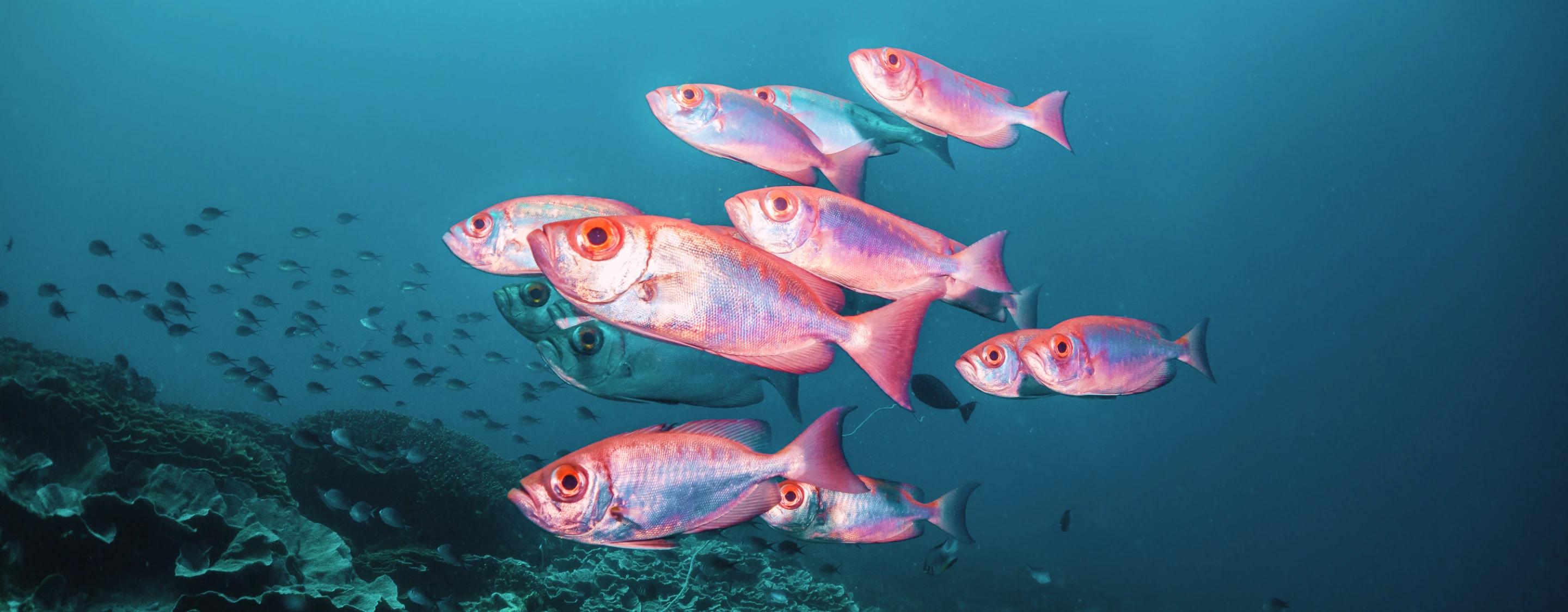
Blended Finance in the Blue Economy: How Local Capital Can Boost Coastal Resilience
As sea-levels rise, so does the urgency to act — yet the capital required to protect our marine ecosystems and coastal communities is barely trickling in.
Oceans generate an estimated $2.5 trillion in economic value each year, supporting the livelihoods of over 3 billion people, while the SDG14 — Life Below Water — receives less than 1% of global climate finance. Coastal communities face the most immediate climate risks — coastal erosion, extreme weather, biodiversity loss — yet remain underinvested.
This week, the UN Ocean Conference 2025 in Nice, France, will set an ambitious goal: to mobilize $100 billion in new ocean financing to advance a more resilient blue economy. But the critical question remains — where will this capital come from? As the most recent edition of the State of Blended Finance 2025 outlines, in a global context of declining foreign aid, efforts to preserve marine ecosystems and scale climate adaptation in coastal regions must increasingly look inward to domestic capital.
By aligning international capital with local market realities, blended finance is uniquely positioned as a structuring approach to not only to unlock foreign investment, but to activate domestic financial resources by supporting local institutions and markets, fostering long-term resilience, and scaling adaptive climate solutions driven by frontline communities.


